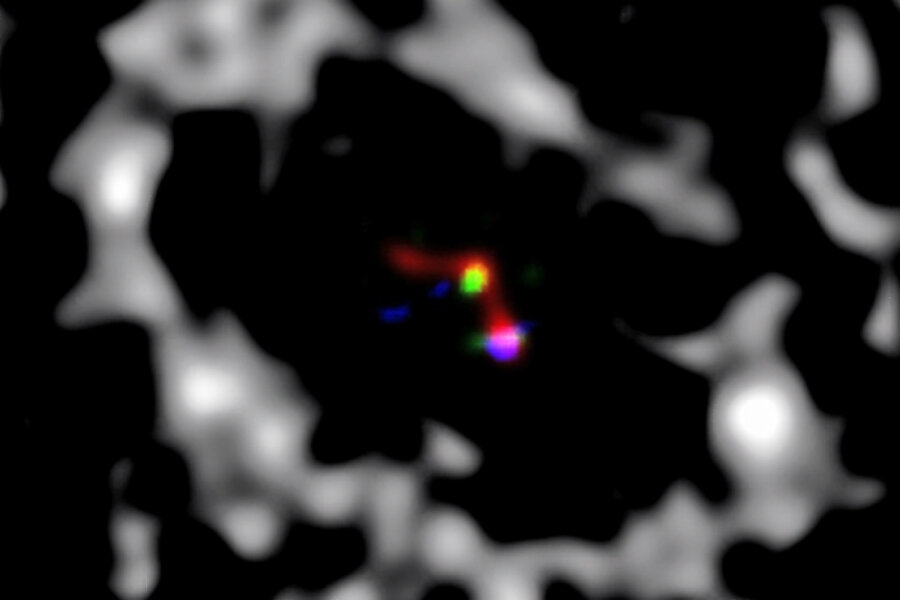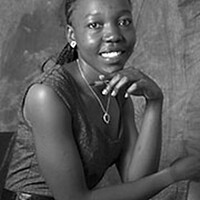Scientists observe the birth of a new planet for the first time ever
Though scientists have discovered and confirmed the existence of nearly 2,000 exoplanets so far, the process of planetary formation has never been observed – until now.
In a major breakthrough, scientists led by Stephanie Sallum at the University of Arizona and Katherine Follette at Stanford University have discovered the first planet still forming.
Using some of the most sophisticated telescopes in the world, the astronomers were able to capture images of a gas-giant exoplanet forming around a young star.
The astronomers were able to spot the nascent planet by the accumulation of a ring of dust and gas particles, the raw materials for planet-building, surrounding the star named LkCa 15, according to research findings published in the journal Nature Thursday.
The star is similar in size to our Sun and is located about 450 light-years away from Earth. But unlike our more mature star, LkCa is surrounded in a ring of debris, a so-called transition disk, with noticeable inner clearings.
The two researchers were working independently, but had decided to focus on the same star.
"The reason we selected this system is because it’s built around a very young star that has material left over from the star-formation process," Follette said. "It’s like a big doughnut. This system is special because it’s one of a handful of disks that has a solar-system size gap in it. And one of the ways to create that gap is to have planets forming in there."
During the study, the astronomers used infrared images of the LkCa-15 star system taken by the Large Binocular Telescope in Arizona with a highly specific measurement of a certain wavelength of red light from the Magellan Telescopes in Chile. That light was a telltale sign of a forming world.
"The difference in brightness between a star and a young exoplanet is usually comparable to the difference between a firefly and a lighthouse," Follette said in a statement. "It's very hard to isolate the light from the planet when it is so faint and so close to the star from our point of view. But, because we could focus on a special color of light where the planet is glowing very brightly, the signal was significantly stronger than what we normally look for."
In another article related to the study, Princeton astrophysicist Zhauhuan Zhu said the discovery will help scientists fill in key pieces to the puzzle of how planets form.
“This discovery has far-reaching implications for our understanding of the planet-formation process and of the properties of young planets,” he wrote.







